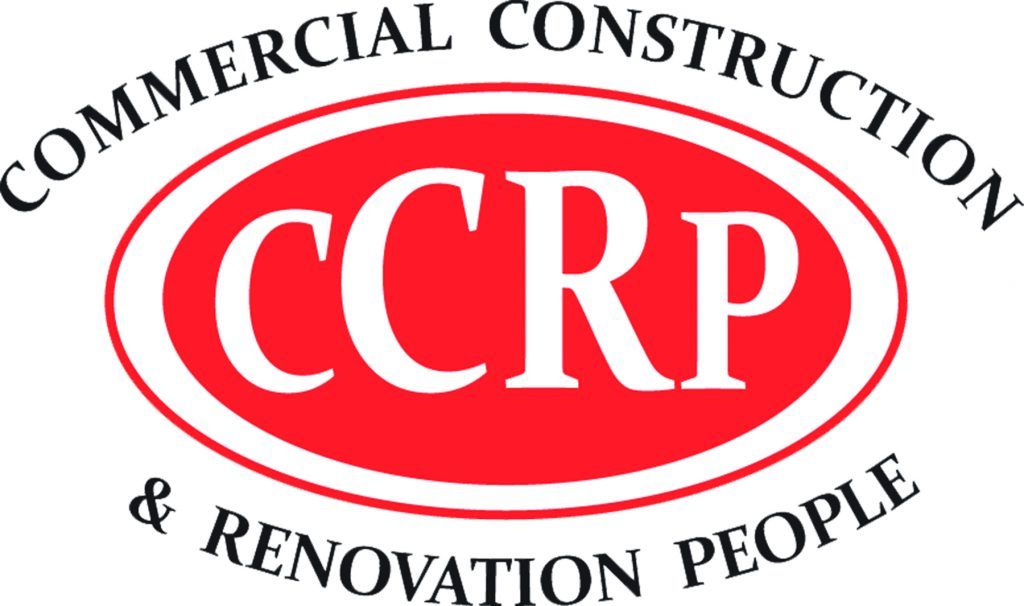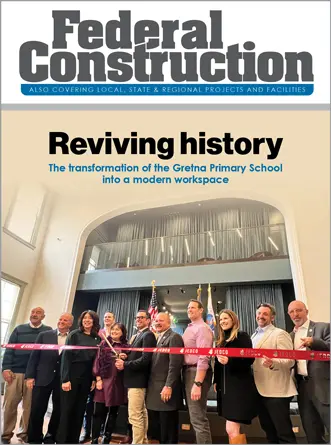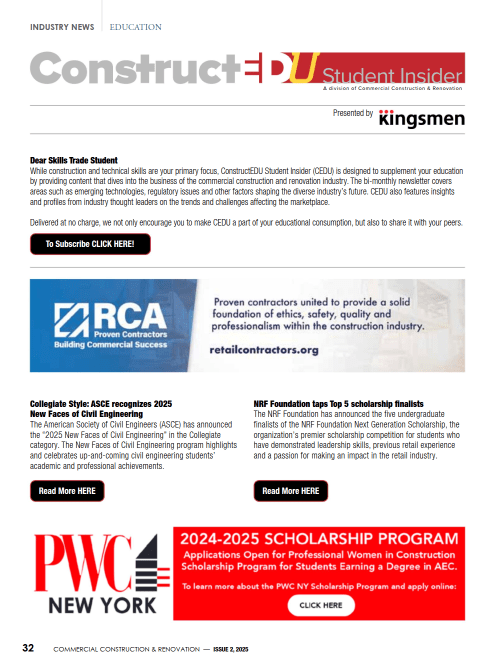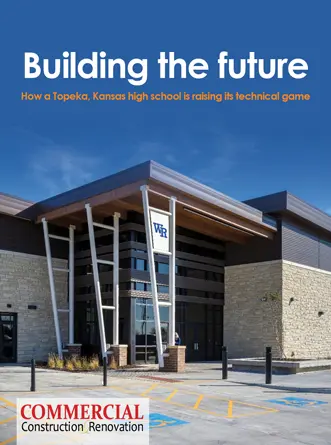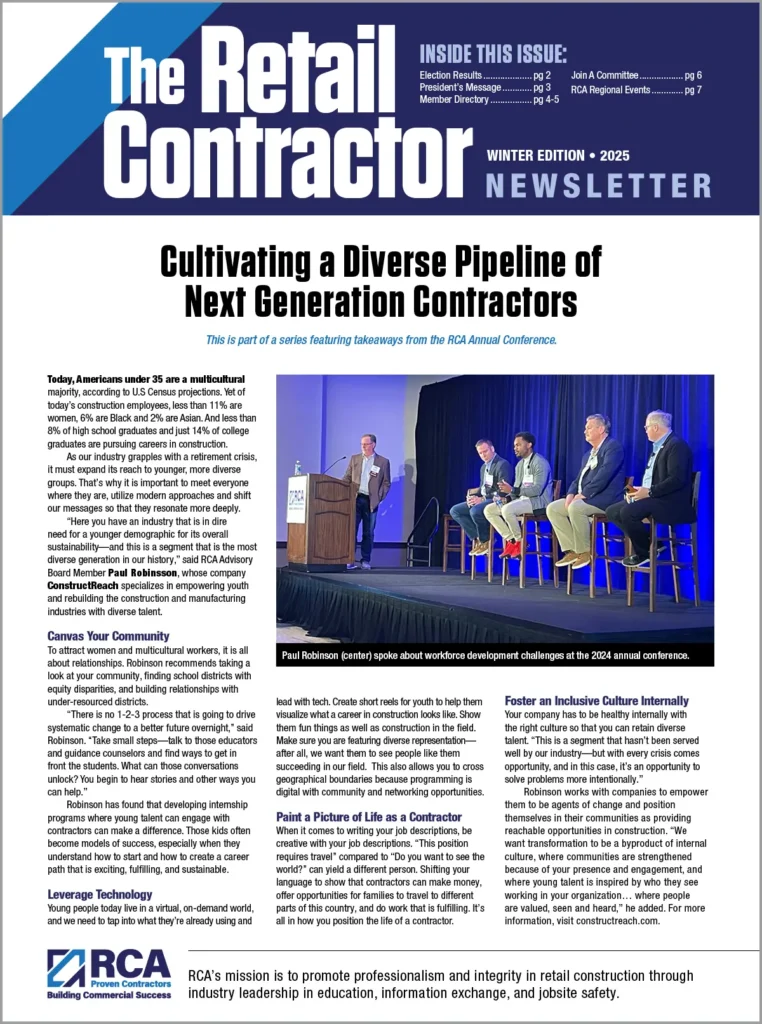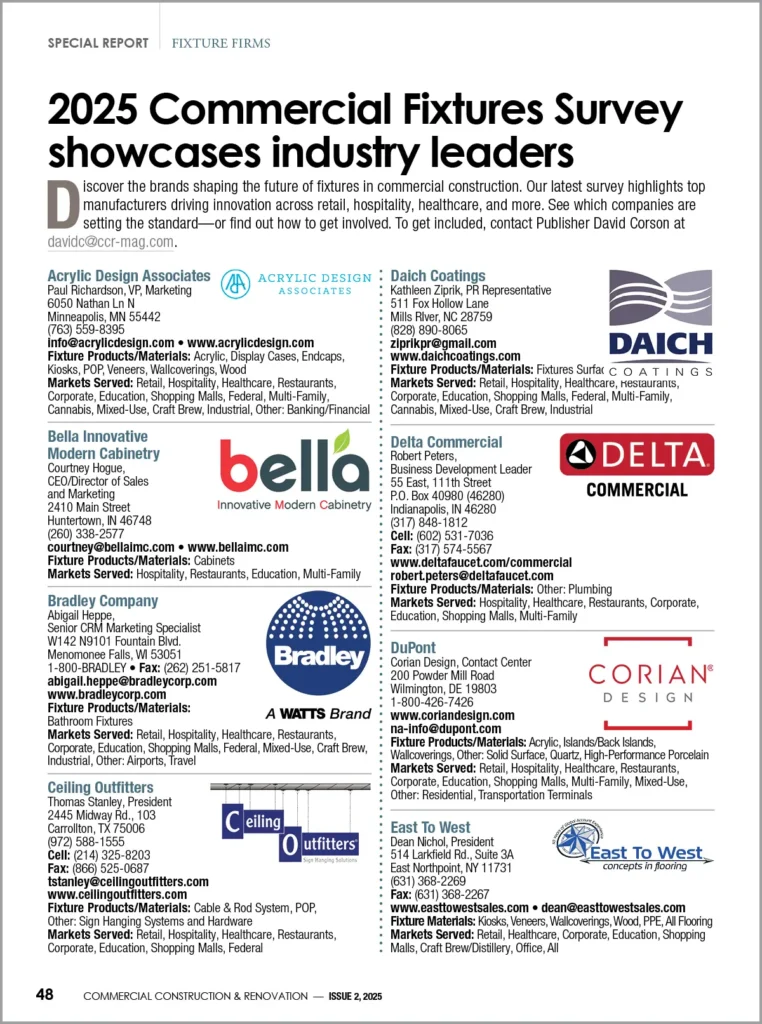In an era of rapid globalization and increasing demand for efficient logistics solutions, rail freight has emerged as a vital component within the transportation industry. Its ability to move large volumes of goods over long distances makes it crucial for intercontinental trade as well as domestic supply chains. This blog post aims to provide an in-depth understanding of rail freight, covering its history, operational processes, types of freight transported, advantages, challenges faced, and future prospects.
Definition of Rail Freight
There is a question what is rail freight. Rail freight refers to the transport of goods by trains on rail networks. It encompasses a wide variety of cargo types, from bulk commodities like coal and grain to intermodal containers and refrigerated products. Unlike passenger trains that cater to individual travelers, rail freight is dedicated solely to moving commercial goods.
Importance of Rail Freight in the Transportation Industry
According to the Association of American Railroads (AAR), erafreight are responsible for transporting approximately 40% of all freight ton-miles in the United States alone. This statistic highlights the significance and efficiency inherent in rail transportation. With its cost-effectiveness, environmental advantages, and strong safety record compared to other modes—such as truck transport—rail freight plays a pivotal role in supporting economic growth while contributing positively towards sustainability goals.
Brief Overview of Blog Post Structure
This guide will be structured into several sections:
- History of Rail Freight
- How Rail Freight Works
- Types of Rail Freight
- Advantages of Rail Freight
- Challenges in Rail Freight
- Future Outlook for Rail Freight
Each section will delve deeper into various aspects that together illustrate why rail freight is indispensable for modern logistics.
1. History of Rail Freight
Early Development of Rail Freight Services
Railway systems first began operating in the early 19th century, primarily designed for transporting coal from mines to nearby markets. The opening of George Stephenson’s locomotive “Locomotion No 1” in 1825 marked a turning point—not just for passenger travel but also for moving heavy loads quickly across land.
Key Milestones in the Evolution of Rail Transportation
By mid-century, expanding railway networks facilitated not only local commerce but also national connectivity; by 1860, about 30,000 miles of railroad tracks crisscrossed America. The establishment of standardized track gauges and signaling technologies further improved efficiency.
Impact of Industrialization on Rail Freight
The industrial revolution significantly propelled rail freight’s development during the late 19th century when factories increased production capabilities—thus necessitating efficient transport systems capable of handling bulk shipments across formidable distances.
2. How Rail Freight Works
Overview of the Rail Freight Process
The process typically begins with cargo being collected at loading docks or warehouses before being transported via truck or cargo handling equipment to designated rail yards where it is loaded onto trains.
Loading and Unloading Procedures
Once at a terminal or yard facility equipped with cranes and specialized loading docks—containers and bulk materials are systematically loaded onto appropriate cars based on size and weight specifications before departing toward their destination.
Types of Freight Cars Used
Freight cars come in various types designed specifically for different kinds of cargo:
- Boxcars: For general cargo.
- Flatcars: For heavy machinery or containers.
- Tank cars: For liquids such as chemicals or fuels.
- Hopper cars: For bulk commodities like grain or coal.
Choosing the right car type ensures safe transit while optimizing available space along with weight limits specified by regulations.
The Role Of Rail Networks And Logistics
Rail networks connect major cities through extensive tracks operated by both public agencies and private companies ensuring timely delivery schedules managed via advanced logistics platforms that coordinate shipments effectively across multiple routes.
3. Types Of Rail Freight
Overview Of Different Categories Of Rail Freight
Rail freight can be broadly categorized into two primary groups: Bulk Commodities which involve non-packaged products shipped en masse (e.g., coal) versus Intermodal Containers which consist largely standardized shipping containers used globally due their versatility during shipment handling procedures between trucks & ships alike without needing unpacking/repacking each time!
Bulk Commodities (e.g., Coal & Grain)
Bulk commodities account for roughly 70% percent total tonnage moved by U.S.-based Class I railroad operations indicative how significantly they dominate this sector; such shipments are often low-margin but high-volume yielding substantial business profitability overall! As per statistics gathered from industry reports – more than 500 million tons were reported delivered nationwide between different regions last year alone!
Intermodal Containers
Intermodal services offer flexibility allowing shippers combine best pricing options based land/ocean routes utilizing double-stack methods maximizing efficiency – especially relevant given growing e-commerce demands witnessed recently pushing up container volume throughput tremendously! On average over 11 million intermodal units traverse North America annually highlighting increasing reliance upon these modes particularly amid ongoing shifts towards green supply chain solutions adopted widely across sectors today!
Refrigerated Goods
Refrigerated goods represent another key segment encompassing temperature-sensitive products ranging everything from perishables like fruits/vegetables dairy items meat! With fluctuating international food prices coupled increased consumer awareness regarding health impacts resulting poor storage conditions – demand rises sharply prompting operators invest modern tech ensuring quality standards upheld throughout entire journey minimizing spoilage risks substantially!
4. Advantages Of Rail Freight
Cost-effectiveness Compared To Road Transport
When examining costs associated transportation alternatives – research shows rail generally offers lower rates per ton-mile especially beneficial long-haul trips exceeding over 500 miles where substantial savings realized compared trucking options! According Federal Highway Administration report showed average truckload rate peaked above $2/mile while same distance covered via rail averages around just below $0 .05/mile evidencing significant economic advantages available using this medium effectively mitigating inflationary pressures impacting supply chains globally!
Environmental Benefits
With mounting concerns regarding climate change emissions reduction strategies rank high priority among many organizations today seeking greener profiles reducing carbon footprint associated logistics operations– studies indicate that shifting one ton cargo off trucks rails could lead potential reductions upwards about 75% greenhouse gases emitted, thus making compelling case utilizing this method helps align businesses goals comply upcoming stricter regulations enacted worldwide aimed lowering energy consumption levels drastically before end decade approaches rapidly fast too!
Safety And Reliability Of Rail Transportation
Statistically speaking – safety records illustrate why so many industries favor relying heavily upon proven reliability offered respective train systems; In fact according Bureau Transportation Statistics data indicates fewer accidents reported involving trains than any other mode transport highlighting effectiveness proper maintenance performed continuously throughout year keeping operations running smoothly lower risk related disruptions occurring regularly encountered elsewhere environments found roadways notoriously plagued frequent mishaps unintentional delays arising suddenly hindering deliveries made efficiently customers’ expectations unmet frustratingly often leading reputational losses incurred badly too!
5. Challenges In Rail Freight
Despite numerous strengths inherent within framework governing successful execution processes there exist barriers often impede optimal performance experienced occasionally limiting potential growth opportunities recognized throughout sector exposed harsh competition emerging rapidly day-to-day basis demanding swift responsiveness meet changing market dynamics accordingly too,
Infrastructure Limitations And Maintenance Issues
Aging infrastructure presents formidable challenge facing operators struggling balance capital investments necessary maintaining existing assets upgrading facilities required support increased traffic levels anticipated upcoming years forecasted based historical trends indicating rising numbers expected continue progressively upward trajectory projections highlight great urgency immediate attention needed ensure compliance ahead schedule potentially jeopardizing long-term viability future success overall industry-wide scale seen evident throughout regions hardest hit lack adequate resources allocated necessary upkeep essential components must sustain higher throughput sustainably.
Conclusion
In conclusion, rail freight plays a pivotal role in the transportation industry, serving as an efficient and eco-friendly alternative for moving goods across vast distances. Throughout this blog post, we’ve explored the history of rail freight, its operational processes, various types of freight, inherent advantages, challenges faced by the industry, and what lies ahead for rail transportation











